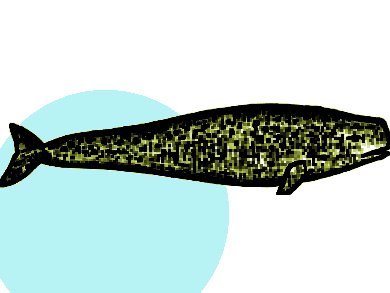Antarctic fishes survive in freezing seawater by producing protective antifreeze proteins. One such protein is antifreeze potentiating protein (AFPP), which is considered an adjunct to the known antifreeze glycoproteins that circulate in the blood. To understand the functional properties of AFPP, large quantities of this scarce product are needed, so a formal chemical synthesis is required.
AFPP is a large protein (15.5 kDa) that binds to ice crystals and inhibits their growth. Owing to its size, Margaret Brimble and colleagues from the University of Auckland, New Zealand, and the University of Illinois at Urbana-Champaign, USA, attempted the synthesis of AFPP by means of a convergent ligation strategy — an approach that synthesizes manageable fragments individually, then joins them together to make a much larger molecule.
Although lack of solubility was a challenge, the four separate fragments were successfully synthesized by using standard peptide bond forming techniques, and then stitched together to form a 132 amino acid protein, a masked analogue of AFPP. The key step was the introduction of a solubilizing tag (a pentalysine), which improved handling and purification.
- Chemical synthesis of a masked analogue of the fish antifreeze potentiating protein (AFPP)
Margaret A Brimble, Sung Hyun Yang, Paul Harris, Joanna Wojnar, Clive Evans, Arthur L de Vries
Org. Biomol.Chem.2013.
DOI: 10.1039/C3OB41066H



